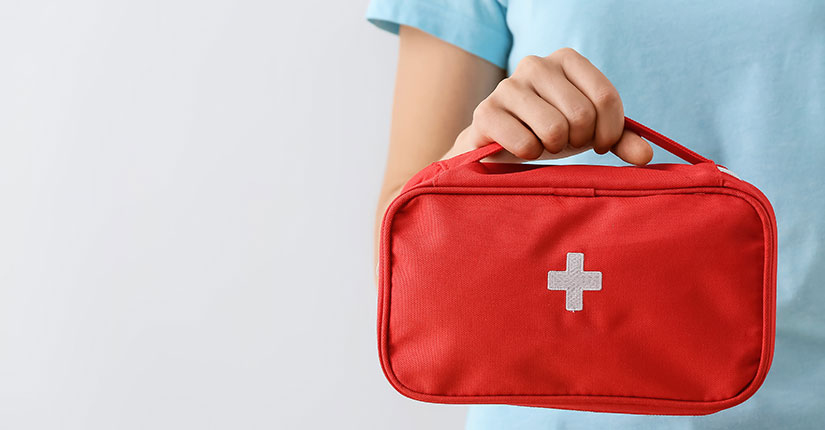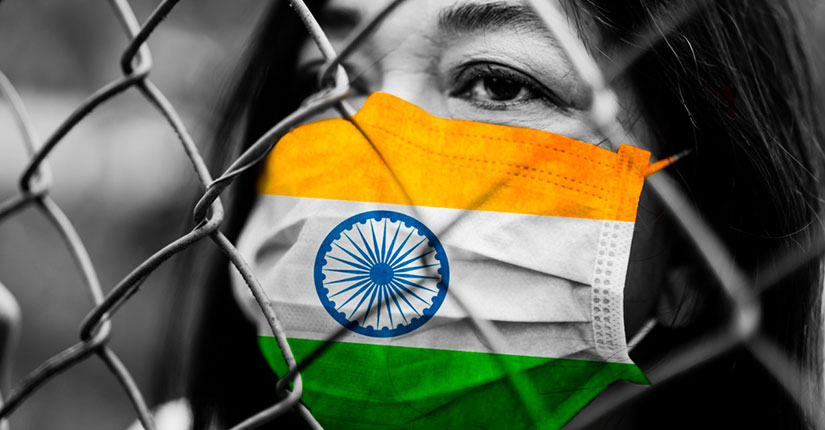WHO Tweeted That More Than 1 Million Children Have Received World’s First Dose Of Malaria Vaccine The new cause-of-
By Nmami Agarwal 28-Apr 2022 Reading Time: 3 Mins

The new cause-of-death methodology was applied to 32 countries in sub-Saharan Africa that shoulder about 93% of all malaria deaths globally. Applying the methodology revealed that malaria has taken a considerably higher toll on African children every year since 2000 than previously thought. The World Health Organisation-African Region carries a disproportionately high share of the global malaria burden. In 2020, the region was home to 95% of malaria cases and 96% of malaria deaths. Children under 5 accounted for about 80% of all malaria deaths in the Region.
In October 2021, WHO recommended the broad use of the RTS,S malaria vaccine for young children living in areas with moderate and high malaria transmission. The recommendation was informed by results from an ongoing WHO-coordinated pilot program in Ghana, Kenya and Malawi that has reached more than 900 000 children since 2019.
Evidence and experience from the program have shown that the vaccine is safe, feasible to deliver, and reduces deadly severe malaria. RTS,S is an example of innovation at work and a scientific breakthrough – it is the first vaccine recommended for use against a human parasitic disease of any kind.
The vaccine has been well accepted by African communities. Demand for the vaccine is expected to outstrip supply in the near to medium term; current vaccine production capacity stands at a maximum of 15 million doses per year, while demand is estimated to exceed 80 million doses annually.
More than US$ 155 million has been secured from Gavi, the Vaccine Alliance to support the introduction, procurement, and delivery of the malaria vaccine for Gavi-eligible countries in sub-Saharan Africa. WHO guidance is available to countries as they consider whether and how to adopt RTS,S as an additional tool to reduce child illness and deaths from malaria.
Making Better Use Of The Tools:
Reaching global malaria targets will also require innovations in the way that currently available tools are deployed. Through the “ High burden to high impact” approach, launched by WHO and the RBM Partnership to End Malaria in 2018, countries hardest hit by malaria have been collecting and analyzing malaria data to better understand the geographical spread of the disease.
Over To You:
WHO estimates that the vaccine could save the lives of an additional 40 000 to 80 000 African children each year.





















